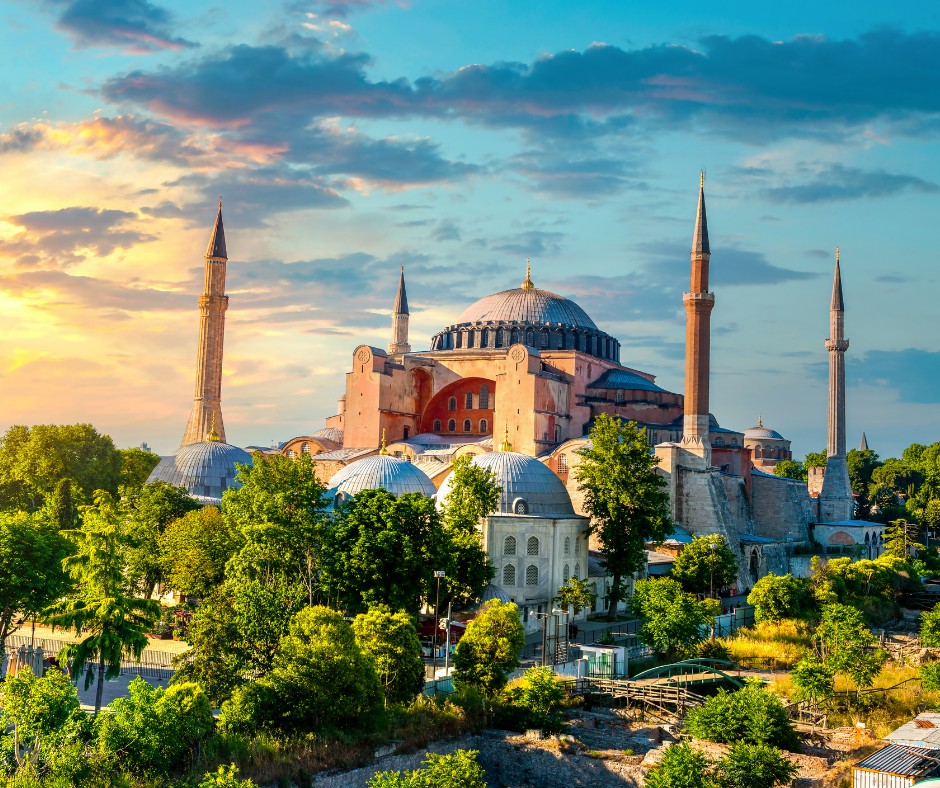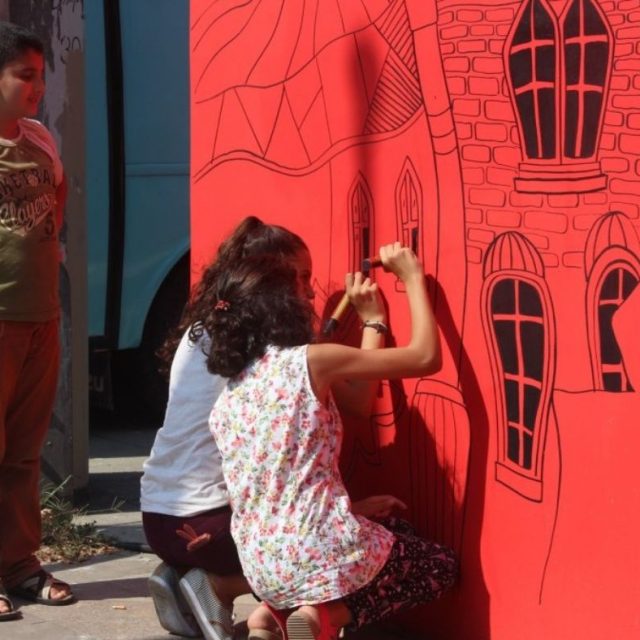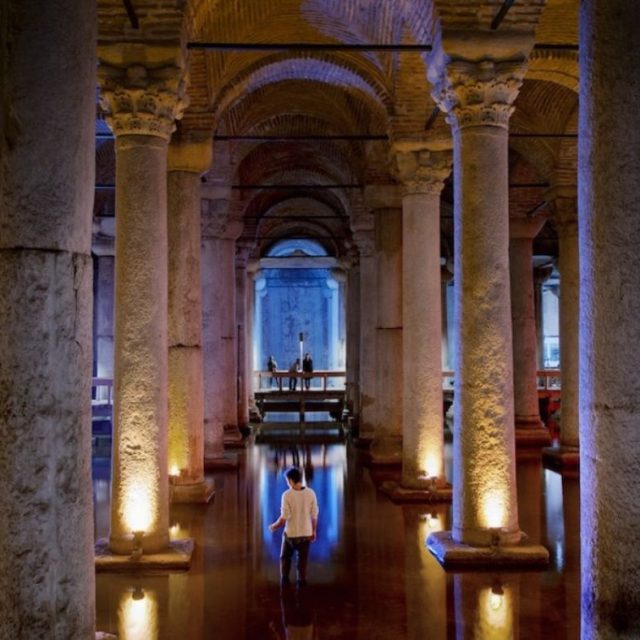Byzantine Wonders to Contemporary Culture: İstanbul’s Tourist Appeal
Europe’s most populous metropolitan area, with 15 million residents and a rapidly growing economy and cultural scene

Cultural Heritage
It is an ancient city with an unparalleled cultural heritage, as well as a robust economy, a youthful population, and a burgeoning contemporary cultural scene. The challenge it faces is to leverage these opportunities while effectively managing growth to preserve the uniqueness of its culture and heritage.
İstanbul, with its millennia of history, unique architectural structures, rich cultural tapestry, large population, and dynamic economic activity, remains a significant centre of attraction today. It served as the capital during the Roman, Eastern Roman/Byzantine and Ottoman eras. However, history does not conclude in İstanbul. History here is not confined to books and archives alone; it resides in the buildings, streets, cemeteries, parks, gardens, and even the trees, plants, and neighbourhood names.
İstanbul is immensely rich in cultural heritage, and the historic peninsula of the city is a UNESCO World Heritage site. Some landmarks date back to Roman times, including the monumental Valens Aqueduct. However, buildings from the Byzantine and Ottoman eras dominate the city’s skyline. The Hagia Sophia was inaugurated in 537 AD and was the world’s largest cathedral. Today it is a mosque. The 16th-century Süleymaniye Mosque and the 17th-century Blue Mosque are two of the most important historical buildings. Other landmarks of the Ottoman era include the Topkapi Palace, which served as the residence and administrative centre of the Ottoman sultans for centuries.
Embracing Change
Its population has grown rapidly since the middle of the 20th century, mainly driven by internal migration from Türkiye’s rural areas. One of the city’s major challenges is dealing with the consequences of this growth and accommodating its new residents while retaining access to green space, water resources and a high quality of life. Recent years have seen a number of substantial additions to the city’s infrastructure to address these issues. For instance, there are eleven National Gardens currently under implementation in order to provide open and green areas based around aesthetic, ecological and sustainable values.
New transport links are an important part of the city’s infrastructure development. The Yavuz Sultan Selim Bridge, the Marmaray Tunnel, the Eurasia Tunnel and Kuzey Marmara Highway are the most significant links. In addition İstanbul Airport is serving as one of the world’s largest airport.

The Role of the Policymaker
Cultural and heritage policy in İstanbul is shaped by various bodies, including the Ministry of Culture and Tourism. Public investment primarily focuses on heritage restoration and the establishment of cultural centres. Çamlıca Tower, Türkiye’s tallest tower, has been a tourist destination since May 2021, offering both locals and tourists the opportunity to enjoy a 360-degree view of İstanbul. In addition to preserving cultural heritage, the Go İstanbul platform also promotes a tourism strategy that appeals to all five senses: sight, taste, smell, touch, and hearing.
The city’s cultural policy is overseen by the İstanbul Directorate of Culture and Tourism, which operates under the Ministry of Culture and Tourism and plays several crucial roles. These responsibilities include the preservation and conservation of historical and archaeological sites, the promotion of arts and culture, the management of cultural services such as libraries, and conducting research and policy development to enhance the cultural lives of citizens.
The Directorate collaborates closely with the city’s cultural institutions to coordinate cultural activities and offerings. One notable institution is the İstanbul Foundation for Culture and Arts (IKSV), a non-profit cultural organisation established in 1973. IKSV organises various events, including music, film, theatre, and jazz festivals, the İstanbul Biennial, İstanbul Design Biennial, Leyla Gencer Voice Competition, and Filmekimi. Furthermore, IKSV conducts research and produces reports to contribute to the development of cultural policies.
Like many other historical cities, İstanbul grapples with the dilemma of modernisation versus preservation. Extensive studies have been conducted on this matter. For instance, the historically significant Karaköy area has transformed into a trendy and artistic neighbourhood. The Galataport Project aims to turn this area into a new gateway to İstanbul, featuring a major cruise ship terminal, a luxury hotel, and cultural and art centres, including İstanbul Modern and the Mimar Sinan Fine Arts University Painting and Sculpture Museum. The Golden Horn shipyard (Tersane İstanbul), established by Fatih Sultan Mehmet in the 15th century, is currently undergoing restoration and is poised to become a new cultural destination in the city.
The Future
With the relocation of the Sadberk Hanım Museum to Tersane İstanbul, along with its hotels, offices, spaces for fishermen, and restaurants, the complex will offer a multifunctional living space. Another iconic İstanbul landmark, the Atatürk Cultural Centre, which has been under construction since 2012, has now started hosting performing arts and exhibitions with its unique architecture.
İstanbul is an ancient city with an unparalleled cultural heritage, a robust economy, a youthful population, and an increasingly vibrant contemporary cultural scene. Its challenge lies in capitalising on these opportunities while effectively managing growth to preserve the uniqueness of its culture and heritage.
Images copyright © Getty Images / Canva




